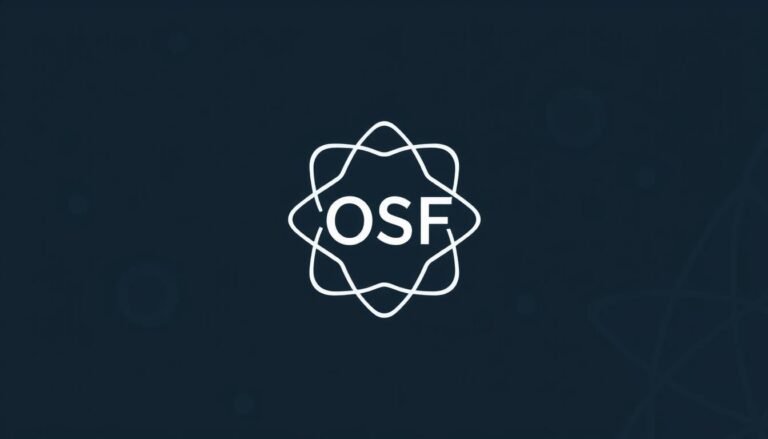
The Ultimate Guide: Feel Free to Mix and Match Ideas or Adjust Them to Better Fit Your Audience!
Introduction
In a world saturated with cookie-cutter solutions and one-size-fits-all approaches, the ability to customize and adapt is more essential than ever. Whether you’re a marketer, educator, or content creator, understanding how to "feel free to mix and match ideas or adjust them to better fit your audience!" can be the secret ingredient for your success. Customization isn’t just a trend; it’s a necessity in engaging effectively and providing tailored experiences. Let’s delve into why this skill is invaluable, and how you can master it to elevate your work and resonate more deeply with your audience.
The Importance of Customization in Today’s Landscape
Why Personalization Matters
Personalization has become the backbone of effective communication. According to a study by Epsilon, 80% of consumers are more likely to make a purchase when provided with personalized experiences. This statistic speaks volumes about how pivotal it is to meet your audience’s unique needs.
- Consumer Expectations: With diverse options available, audiences now expect brands to understand their preferences and offer tailored solutions.
- Higher Engagement: Customized content leads to increased engagement rates. Emails with personalized subject lines, for instance, have a 26% higher open rate.
Incorporating the principle of "feel free to mix and match ideas or adjust them to better fit your audience!" is a prime strategy to elevate your personalization efforts.
Understanding Your Audience
Before you can mix and match ideas, you must first comprehend your audience deeply. Here’s how to get started:
1. Conduct Surveys and Feedback
Gathering direct input from your audience can yield insights that inform your mix-and-match strategies. This step ensures that your adaptations are relevant and value-driven.
2. Analyze Data
Using analytics tools to track user behavior, preferences, and engagement can shine a light on what resonates. This data-driven approach allows you to adjust your ideas accordingly.
Crafting Your Message: Adjusting Content for Audience Resonance
1. Tailoring Educational Content
In the realm of education, blending methodologies can enhance learning experiences. For example, if you notice that your students engage more with visual content, you might opt to "feel free to mix and match ideas or adjust them to better fit your audience!" by combining text-based lessons with video tutorials and interactive quizzes.
Case Study: Flipped Classroom Model
- Description: A flipped classroom allows students to learn new content at home and practice in school.
- Analysis: The adaptation has led to enhanced student engagement and understanding, as students feel empowered in their learning journey.
2. Engaging Marketing Strategies
In marketing, the same principle applies. Utilizing A/B testing can provide insights on what content types work best. For instance, you might mix video ads with static images to see which format drives higher conversion rates.
Table: Comparison of Video Ads vs. Image Ads
| Type of Content | Engagement Rate | Conversion Rate |
|---|---|---|
| Video Ads | 5.0% | 3.5% |
| Image Ads | 3.2% | 1.8% |
This data reinforces the notion of “feel free to mix and match ideas or adjust them to better fit your audience!” especially in campaigns targeting different demographics.
3. The Art of Storytelling
The concept of storytelling can also be adapted based on audience needs. You might adjust a tale to reflect cultural nuances that speak to a specific group, enhancing relatability and emotional connection.
Case Study: Nike’s “Just Do It” Campaign
- Description: Nike effectively tailored its messaging to resonate with various demographics through relatable stories.
- Analysis: This strategy not only boosts sales but also fosters brand loyalty. It exemplifies the power of mixing narrative techniques to fit diverse audience segments.
Practical Steps to Mix and Match Ideas
1. Build a Flexible Framework
Create a core structure for your content that allows for easy adaptation. This means having a modular approach where components can be interchanged. For example, if you have a written article, consider adapting it into a podcast or a video tutorial.
2. Use Various Formats
Don’t shy away from different formats. A single topic can be presented as a blog post, infographic, video, and social media thread. Each format can draw in different audience segments, maximizing reach.
3. Segment Your Audience
Audience segmentation allows for tailored messaging. Utilize tools like Google Analytics to track user demographics and preferences, then create specific messaging that "mixes and matches ideas or adjusts them to better fit your audience!"
The Benefits of Mixing and Matching Ideas
1. Increased Creativity
Mixing ideas from different sources can spark creativity, leading to innovative solutions. This concept is not confined to any single field; it applies across disciplines.
2. Enhanced Problem-Solving
When you adjust your approach based on feedback and results, you’re not just creating; you’re problem-solving. Tailoring content can help address specific issues your audience faces, leading to greater satisfaction.
3. Broader Audience Reach
By effectively mixing and matching ideas, you bring in varied perspectives. This diversity can open doors to new audiences, expanding your reach and impact.
Overcoming Challenges
You may face challenges when attempting to implement these strategies. Here are some common obstacles and solutions:
1. Resistance to Change
Many individuals and organizations resist modifying existing ideas or frameworks. To combat this, share success stories that demonstrate the positive impact of adaptable strategies.
2. Lack of Audience Insights
Collecting the right data can be a hurdle. Make use of tools like surveys, analytics, and social media polls to gather the necessary insights effectively.
3. Balancing Consistency and Customization
It’s essential to maintain brand consistency while being adaptable. Create clear brand guidelines that outline your core messages but allow flexibility in how they’re conveyed.
Conclusion
The art of mixing and matching ideas and adjusting them to better fit your audience isn’t merely a strategy; it’s a mindset. It involves understanding your audience’s unique needs, embracing flexibility, and committing to continued learning and adaptation. By implementing these strategies and focusing on personalization, you’re not just providing content; you’re creating meaningful experiences that resonate deeply.
If you remember one takeaway from this guide, let it be: "Feel free to mix and match ideas or adjust them to better fit your audience!" By doing so, you’re investing in the future of your work, ensuring that you remain relevant in your field and continue to foster lasting relationships with your audience.
FAQs
1. What does it mean to "mix and match" ideas?
Mixing and matching ideas refers to combining elements from different concepts to create something new, which can lead to more engaging and relevant content for your audience.
2. How can I identify my audience’s needs?
Conduct surveys, leverage social media polls, and analyze user behavior through analytics tools to gain insights into your audience’s preferences and needs.
3. What are the best platforms for gathering audience feedback?
Popular platforms include Google Forms for surveys, social media for engagement polls, and various feedback tools like SurveyMonkey or Typeform.
4. Can mixing and matching ideas lead to confusion for the audience?
If done haphazardly, it can. However, maintaining a clear focus and ensuring that the overarching message is consistent can alleviate confusion.
5. How frequently should I adjust my content strategy?
Regularly assess engagement metrics; quarterly reviews are a good practice. Adjustments should be made based on user feedback and performance data to keep your content fresh and relevant.
By taking the plunge into the art of blending and customization, you’re opening doors to enriched engagement and a more dynamic presence in your field. Remember, the key is to thrive on adaptability while remaining true to your essence.

















